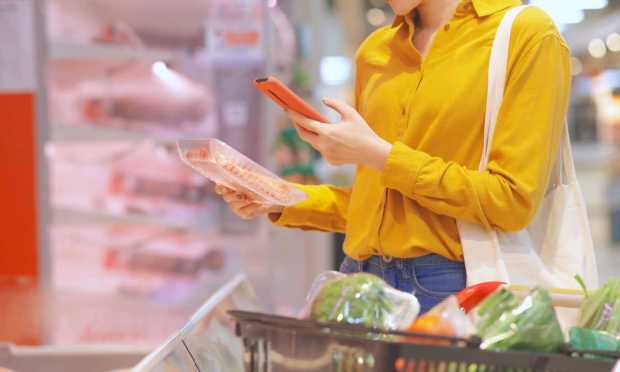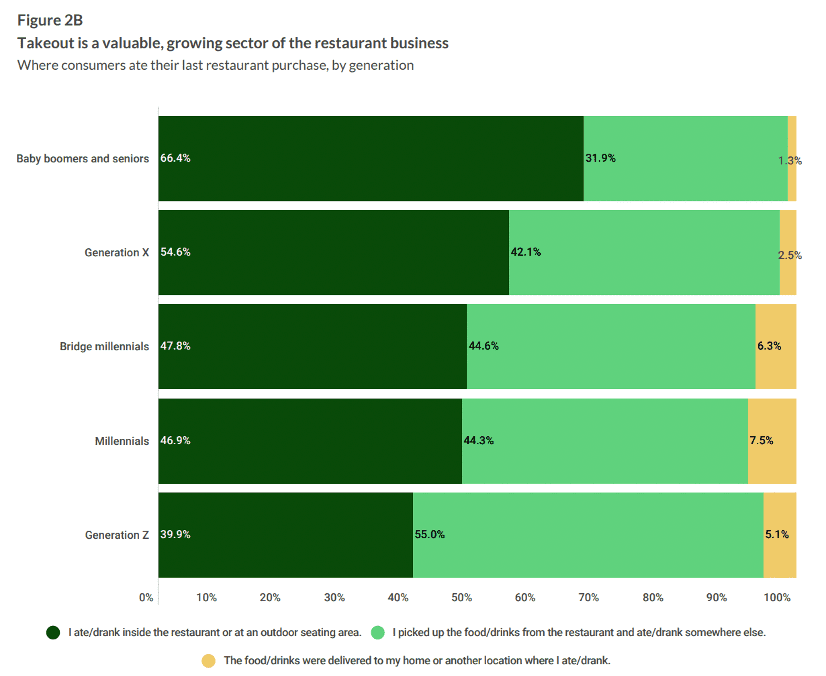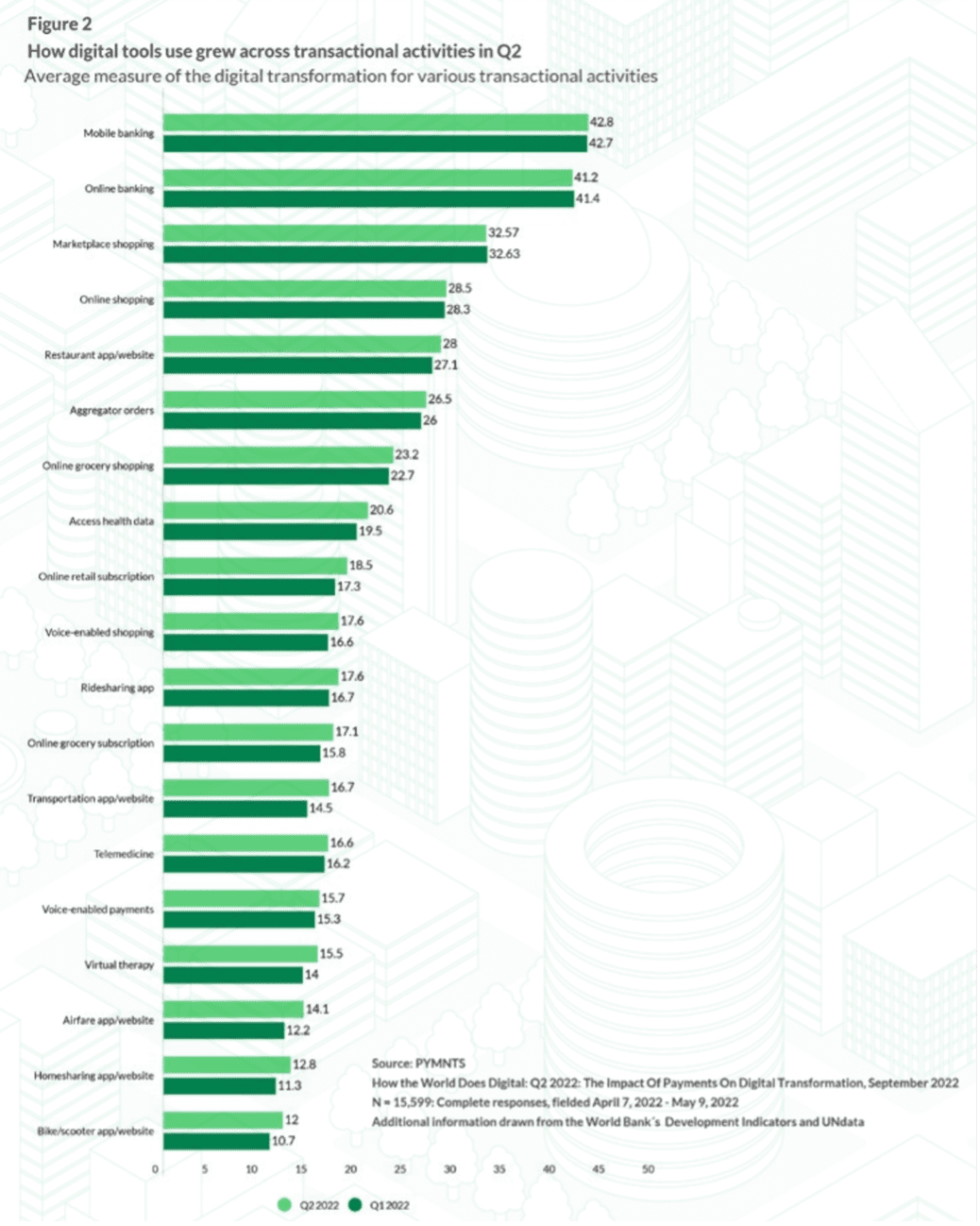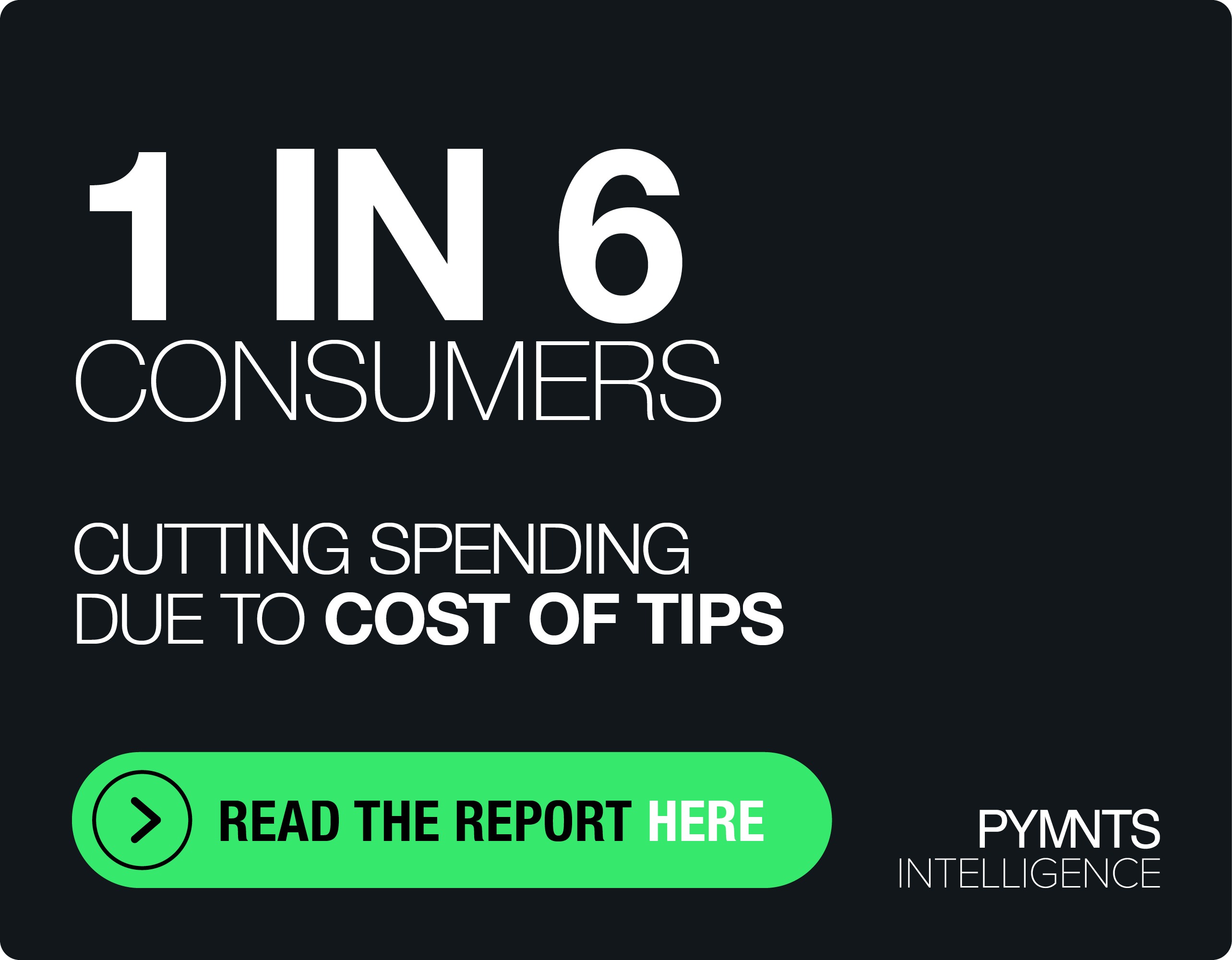Who’s Going Connected Grocery Shopping This Weekend?

As eCommerce becomes the norm for food purchases, digital technologies are increasingly making their way into grocers’ and restaurants’ physical spaces, PYMNTS research and news coverage this week reveals.
Instacart, for one, announced the launch of its Connected Stores tech suite on Monday (Sept. 19), offering such products as smart carts, Scan & Pay, synced shopping lists and others, meant to bring eCommerce convenience into physical stores.
“We believe the future of grocery won’t be about choosing between shopping online and in-store — consumers are going to do both,” Instacart CEO Fidji Simo said in a statement. “Through these technologies, we can now offer consumers the best of online shopping inside physical stores, and vice-versa.”
One of the products announced, FoodStorm Department Orders, which offers hot food ordering, seizes on the trend of consumers increasingly expecting to be able to get their restaurant needs met from the grocery store and their food-at-home needs met from restaurants.
In fact, research from a new PYMNTS study, “The 2022 Restaurant Digital Divide: Food Aggregators Find Their Footing,” which drew from an August survey of more than 2,200 U.S. consumers, finds that, for younger consumers, off-premises dining is the norm rather than the exception. Fifty-two percent of bridge millennials, 53% of millennials and 60% of Gen Zers consumed their ordered their recent restaurant purchases for off-premises consumption, while only 45% of Gen Xers and 34% of baby boomers and seniors did the same.

This trend has also contributed to the expansion of hybrid concepts that enable consumers to get their cross-category food needs met from a single location. For instance, Investindustrial on Wednesday (Sept. 21) announced its acquisition of a majority stake in Eataly, which operates Italian food emporiums featuring restaurants, cafes and specialty shops in 44 locations across 15 countries. With this 200 million euro (about $197 million) deal, Investindustrial means to power the growth of the concept across markets.
Indeed, consumer dining habits have changed dramatically in the last several years.
“Over the last two years, food has become, like every other purchase, something that consumers are more comfortable buying online,” PYMNTS’ Karen Webster wrote in a recent feature. “A digital shift created by the pandemic translated into habits that have stuck with the consumer.”
Webster noted that consumers are now purchasing groceries throughout the week from eCommerce sites rather than having to make time on the weekend and that subscription services and direct to consumer (D2C) brands are gaining share from grocers and incumbent brands in center-store categories. Meanwhile, delivery aggregators are widening the radius of stores with which grocers must compete.
Certainly, eGrocery is becoming an increasingly relevant part of how consumers get their food needs met. Research from PYMNTS’ recent study, “How The World Does Digital: The Impact Of Payments On Digital Transformation,” which draws from surveys of 15,000 consumers across 11 key economies, finds that online grocery adoption is rising slowly but steadily. Between the first and second quarters of the year, the score for usage of online grocery shopping channels rose from 22.7 to 23.2. A sharper increase was seen in usage of grocery subscription services, which jumped 8% between the two quarters.
For grocers to remain competitive, they must meet these digital needs across physical and virtual spaces, powering increasingly connected experiences.

